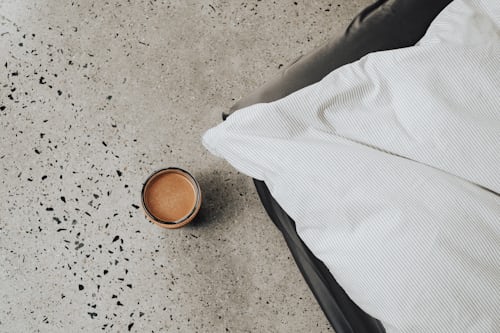So Barbie, the most iconic doll in history, has had a makeover.
A much long-awaited and needed one, may I add.
Mattel has launched three new body types to their dolls- “tall”, “curvy”, and “petite.” Their 2024 Barbie Fashionista collection features 33 new looks and also includes a wider range of skin tones, hairstyles, and eye colors. The idea behind the new dolls is to be reflective of the diversity of the world today.
In her 57 years, the fashionista doll has often come under fire for promoting unattainable and unrealistic body goals to young girls. So, the new range certainly does try to overcome this.
lil’_wiz / Flickr
Growing up I was Barbie obsessed. I had hundreds of dolls, a weekly subscription to the magazine and would religiously receive a new Barbie DVD every Christmas (Barbie and the Nutcracker remains my favourite to this day!)
So, I don’t dispute that the new collection is a step in the right direction in embracing today’s differing beauty standards. I would have loved to play with a curvy, brunette Barbie.
However, I’m worried that these figurines still focus on being conventionally pretty.
The dolls’ faces are flawless- they have smooth skin, their make-ups ‘on fleek’ and they look photoshop pristine. Where are the dark circles, the acne, the freckles, the birth marks, the cellulite? Do these not also reflect the diversity in our appearance, and therefore should they not also be celebrated and embraced? Apparently not, because spots and stretch marks are still considered ‘flaws’ which should be covered up.
Furthermore, these dolls won’t necessarily improve or influence young people’s body image. They are merely toys after all. So it is questionable as to how much impact they actually have on children’s perceptions of themselves.
The real problem lies in this digital age we now live in- a time when children are constantly bombarded with photoshopped and distorted images of what they should aim to look like.
Neda Andel / Flickr
What once was reserved for celebrities and models in magazines, digital enhancement has now seeped its toxicity into our everyday lives. From photo filters, to virtual face-lift apps, we are now all capable (and probably guilty) of editing our photos to look flawless.
It’s now become so hard to distinguish what is real and what is not. These are images of real people, yet are often digitally nipped n’ tucked.
So yes, while I do approve and welcome the new changes to Barbie, I’m skeptical to how this will actually make a difference to society’s ever changing but always unattainable beauty standards.
When a piece of plastic is more representative of real people than how real people portray themselves, then we live in a very concerning, disturbing and warped world.



